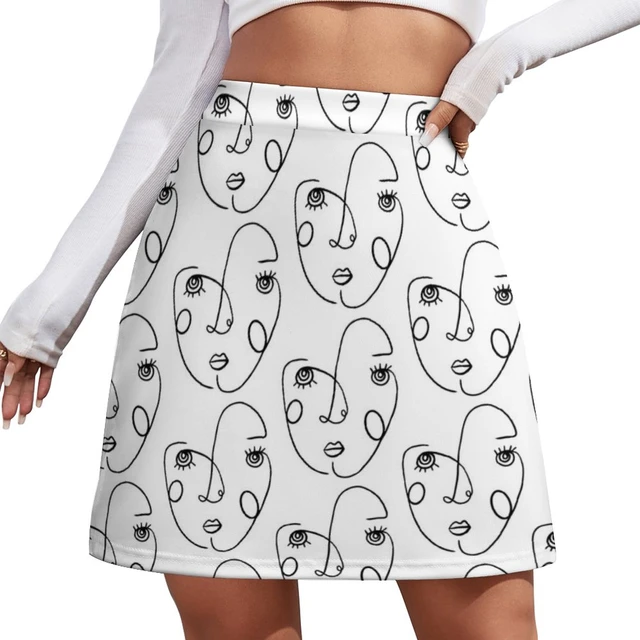
Introduction
Drawing skirts can be a fun and creative way to explore fashion design and improve your artistic skills. Skirts come in various styles, lengths, and silhouettes, making them a versatile and interesting subject to sketch. Whether you’re a beginner or an experienced artist, learning how to draw skirts can help you develop your understanding of fabric drape, garment construction, and figure proportions. In this guide, we’ll explore some tips and techniques for drawing skirts effectively.
Start with Basic Shapes:
When sketching a skirt, it’s helpful to begin with basic shapes that represent the overall silhouette. For example, a pencil skirt can be outlined using a long, narrow rectangle, while an A-line skirt may be represented by a triangular shape that widens towards the hem.
Understand Fabric Drape:
Consider the type of fabric the skirt is made of and how it drapes on the body. Different fabrics will create varying levels of volume and movement. Practice drawing the folds and creases of the fabric to capture the texture and flow of the skirt.
Study Figure Proportions:
To accurately depict a skirt on a figure, it’s essential to understand human proportions. Pay attention to the natural curves and angles of the body, particularly the waist, hips, and legs. Use guidelines to map out the figure before adding the skirt details.
Experiment with Lengths and Styles:
Skirts come in a range of lengths, from mini to maxi, and styles, such as pleated, flared, or asymmetrical. Challenge yourself to sketch different skirt designs to broaden your repertoire and enhance your drawing skills.
Focus on Details:
Pay attention to the details that make each skirt unique, such as waistbands, seams, pockets, and embellishments. Adding these elements will bring realism and personality to your sketches.
Practice Shading and Textures:
Experiment with shading techniques to create depth and dimension in your skirt drawings. Consider the direction of light sources and how they interact with the fabric to render realistic textures, such as denim, silk, or lace.
Explore Draping and Folds:
Drawing realistic drapery and folds is key to conveying the movement and structure of a skirt. Study photographs or observe real-life drapery to understand how fabric behaves and practice replicating these details in your sketches.
Use References:
Utilize fashion magazines, online resources, and real-life observation to gather inspiration and references for your skirt drawings. Analyze how different designers interpret skirts and incorporate elements that resonate with your style.
Experiment with Colors and Patterns:
Don’t be afraid to add color and patterns to your skirt designs. Experiment with different color schemes, prints, and textures to enhance the visual impact of your sketches and bring your designs to life.
Seek Feedback and Practice Consistently:
Share your skirt drawings with others and seek constructive feedback to improve your skills. Practice consistently to refine your techniques and develop your unique style as a fashion illustrator.
Focus on Movement and Flow:
Skirts are inherently dynamic garments that move with the body. When drawing skirts, consider the movement and flow of the fabric. Experiment with creating fluid lines and curves to capture the sense of motion in your sketches.
Study Fashion Illustrations:
Look at professional fashion illustrations to gain insights into different drawing styles and techniques used to depict skirts. Analyze how artists convey fabric textures, folds, and details in their artwork and apply these observations to your own drawings.
Practice Sketching Different Poses:
Experiment with sketching figures in various poses to understand how skirts interact with different body movements. This will help you develop a better understanding of how skirts drape and flow on the body in different positions.
Conclusion
By incorporating these tips and techniques into your drawing practice, you can enhance your ability to sketch skirts with confidence and creativity. Remember that drawing is a skill that improves with practice, so don’t be afraid to experiment, make mistakes, and learn from your experiences. Enjoy the process of expressing your creativity through fashion illustration and have fun exploring the endless possibilities of skirt designs in your artwork.